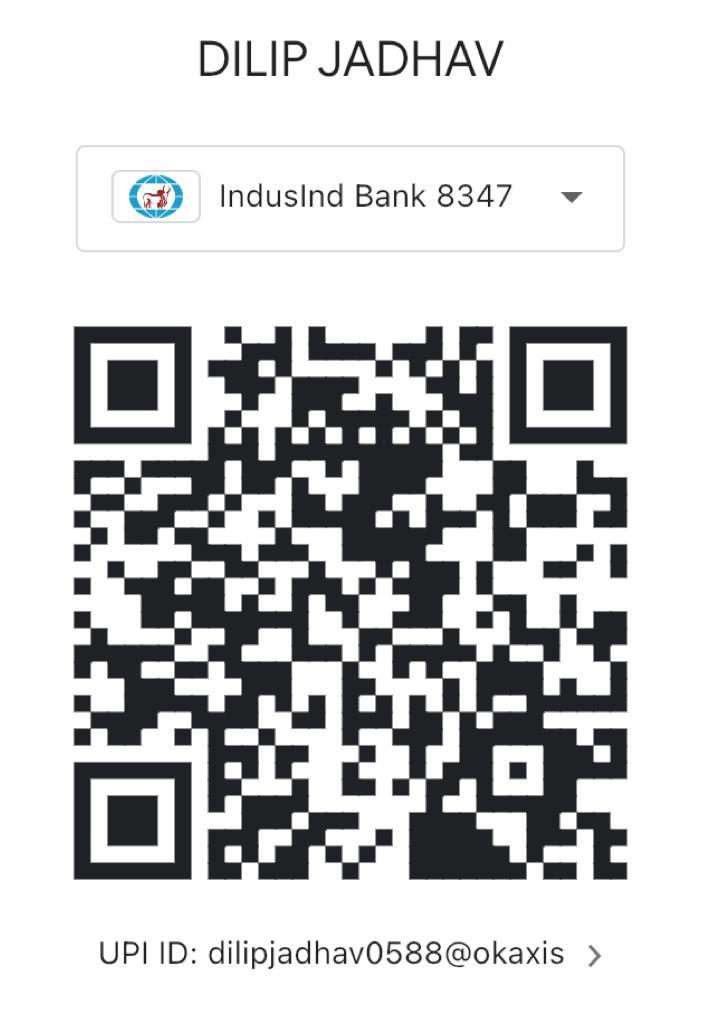

Daily 6:00pm - 8:00pm
On Prior appointments only
Shop No. 8, Panchsheel Gardens, Opp- Greater Bank, Mahavir Nagar, Kandivali (W), Mumbai - 400067.
Hypertension is a blood pressure measurement in which your systolic (upper) blood pressure is at or above 130, and your diastolic (lower) blood pressure is at or above 80 (or 130/80). Ambulatory blood pressure monitoring allows your blood pressure (BP) readings to be recorded over a 24-hour period, whether you’re awake or asleep.
When you’re at your doctor’s office or clinic, an instrument called a sphygmomanometer is used to take your BP readings. Usually, only one or two readings are taken during your visit.
Ambulatory BP monitoring yields many readings over a continuous period. In most cases, readings are taken every 20 to 30 minutes during the day and every hour at night. Your heart rate can be measured at the same time. These multiple readings are averaged over the 24-hour period. Changes in BP and heart rate, the BP distribution pattern and other statistics are calculated.
Ambulatory BP monitoring provides additional information about how changes in your BP may correlate with your daily activities and sleep patterns. Guidelines for blood pressure management from the American Heart Association and American College of Cardiology now strongly recommend confirming a diagnosis of hypertension with ambulatory BP monitoring.
For most people systolic BP decreases about 10% to 20% during sleep. However, for some people BP might not drop during sleep. It may even rise.
Ambulatory BP monitoring can detect abnormal changes in BP that might go unnoticed when it’s only measured in the doctor’s office. It’s a useful way to detect white coat hypertension, masked hypertension, and sustained hypertension.
BP readings are taken continually over a 24-hour period. You’ll wear a device that is about the same size as a portable radio. The device is attached to a belt or strap worn on your body. It collects information throughout the 24-hour period that will later be transferred to a computer.
You’ll wear a BP cuff that is attached to the device around your upper arm. (The cuff can be worn under clothing so it isn’t visible.) The cuff inflates at certain intervals throughout the day and night. You may be told to keep a diary to record your daily readings. This can help show how changes in your BP relate to periods of activity or rest.
After 24 hours, you can remove the device and BP cuff and return the equipment to your clinic or doctor’s office. A computer analyzes the readings and generates results.